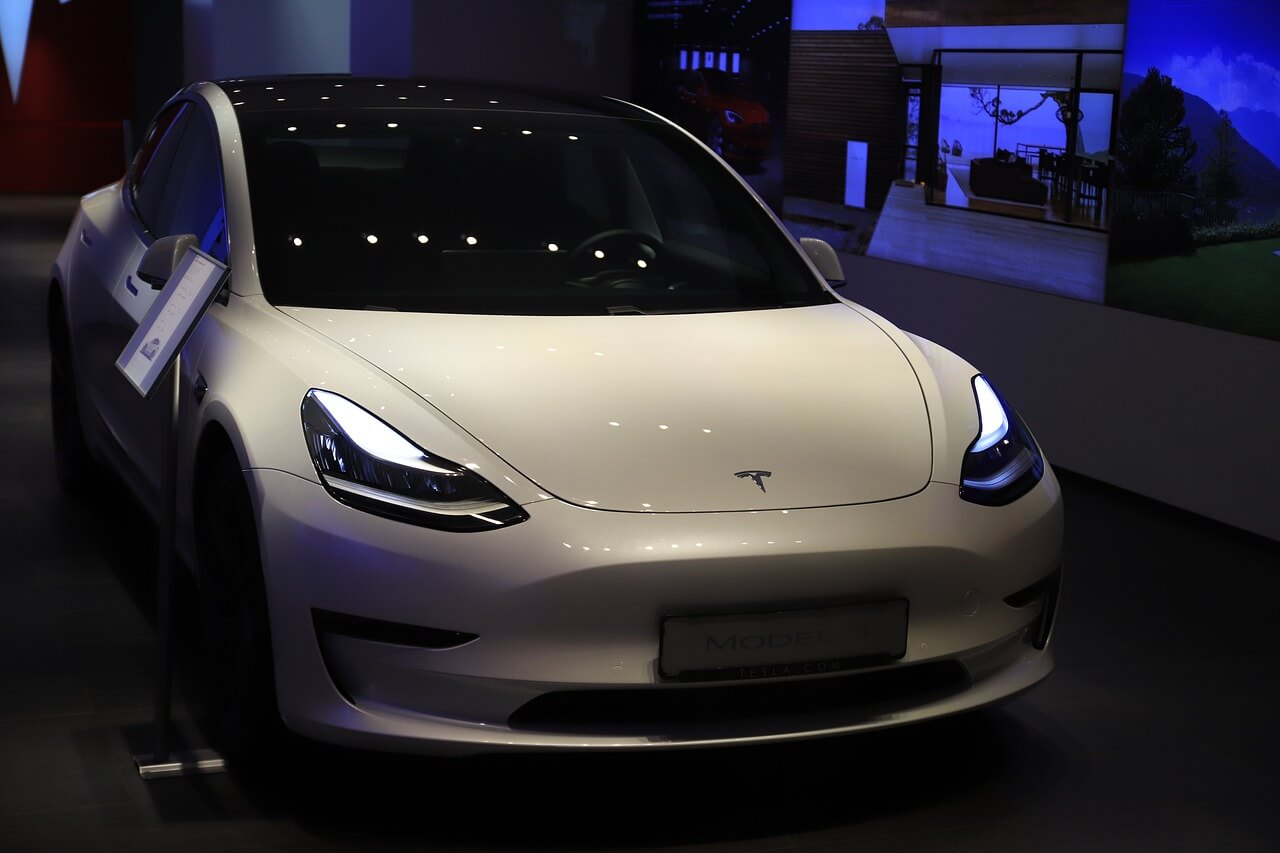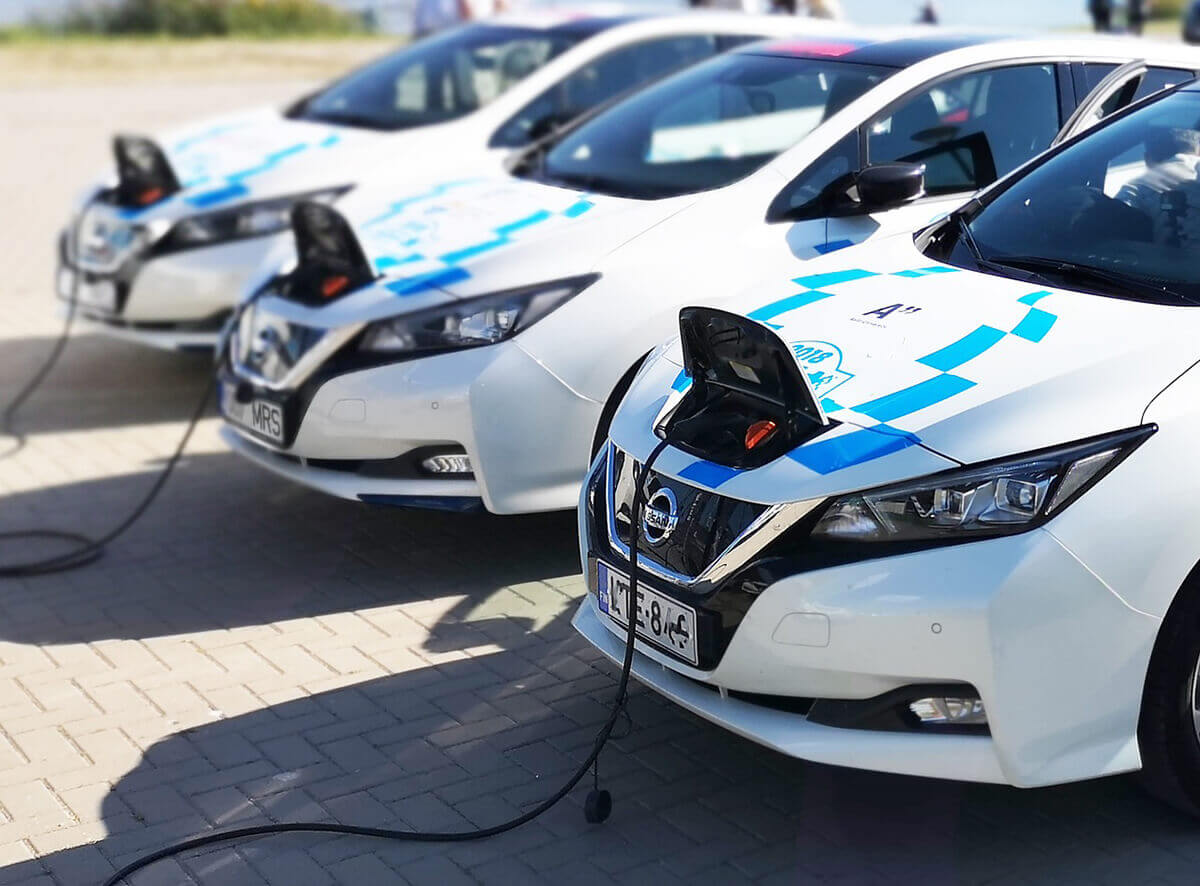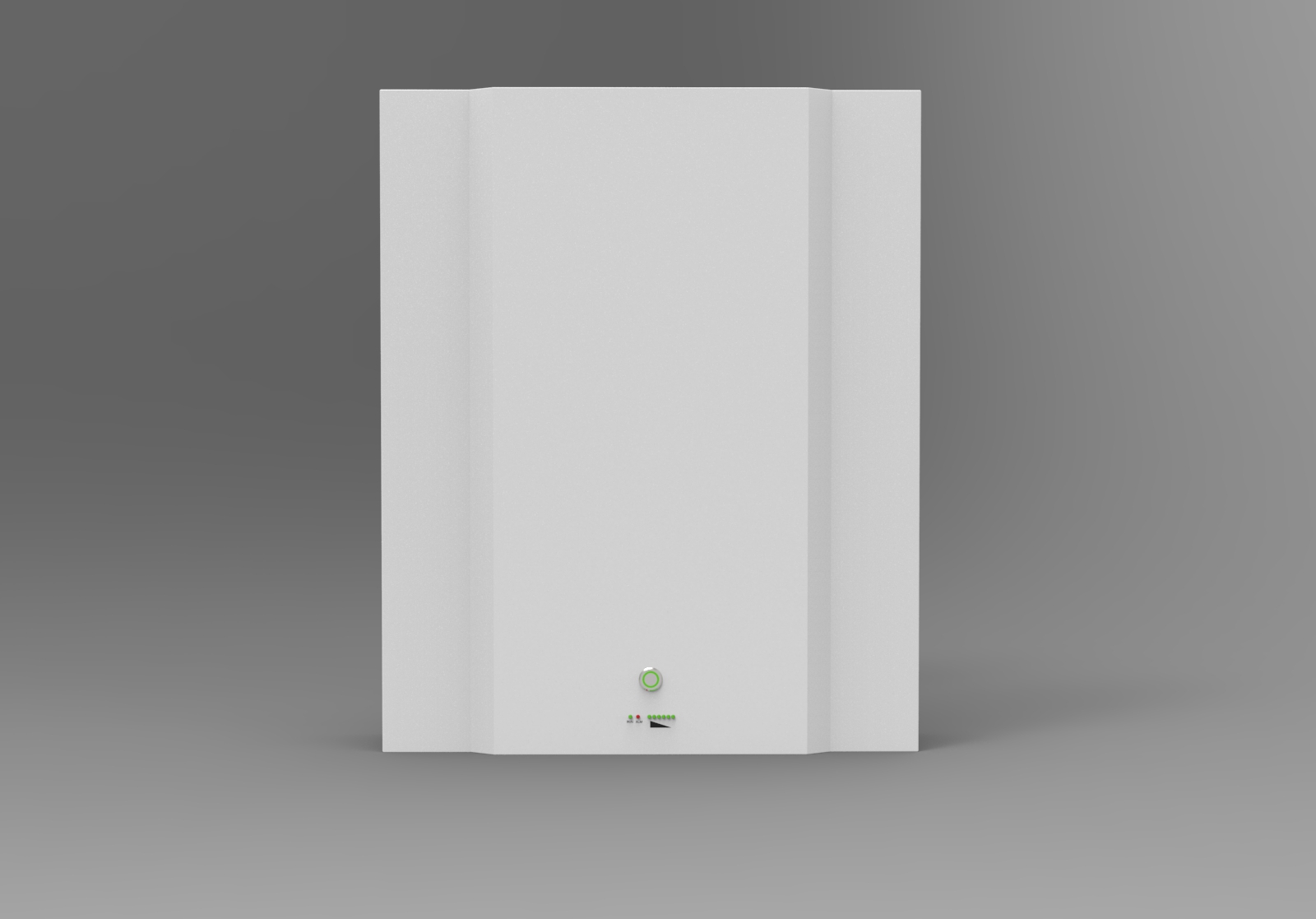A Comprehensive Guide to Ternary Lithium Battery

The use of lithium batteries has grown exponentially in recent years, with the global market expected to reach $53.3 billion USD by 2027. The ternary lithium battery is an increasingly popular choice for those looking for reliable and efficient energy storage solutions. This comprehensive guide will provide a detailed overview of this important technology, examining its advantages compared to other options as well as providing practical advice on how best to deploy it.
Ternary lithium batteries offer several benefits including increased safety, improved performance and cost-effectiveness when compared to traditional lead acid or nickel-cadmium technologies. They are also highly modular and scalable due to their form factor, making them capable of meeting a wide range of power requirements from small-scale applications up to large industrial installations.
By arming readers with an understanding of the basic principles involved and the available resources at their disposal, we hope to inspire confidence in anyone seeking more information about this exciting new development in energy storage technology.
What is the Ternary Lithium Battery?
A ternary lithium battery is a type of rechargeable battery that utilizes three different components for its operation. It employs an electrolyte, cathode and anode materials to generate power. This type of battery has advantages over traditional lead-acid batteries due to its high energy density and fast charging capability. The majority of the ternary lithium batteries on the market today are made from nickel salt, cobalt salt and manganese salt.
The operating principles of these cells involve utilizing chemical reactions between the electrolytes, anodes, and cathodes when in contact with each other. When charged, positively charged ions move through liquid electrolytes toward the negative electrode, while negatively charged ions travel through the same path but conversely toward the positive electrode. This process creates an electric current that can be used as a power supply. In addition, ternary lithium batteries have lower self-discharge rates than their counterparts thus providing longer shelf lives without losing charge capacity.
Ternary Lithium Technical Parameters
| Indicators | Parameter |
| Nominal voltages | 3.7V |
| Working voltage | 3.6-4.3V |
| Energy density | 170-200Wh/kg |
| Standard discharge continuous current | 0.2c |
| Maximum discharge continuous current | 1C |
| Overcharge protection voltage | 4.325±0.025V |
| Over-discharge protection voltage | 2.5±0.05V |
| Working temperature range | –20 ~ 60 ℃ |
| Cycle Life | 800 |
The Advantages of the Ternary Lithium Battery
(1) Good low-temperature performance
"Relative capacity at 25°C" refers to the ratio of the discharge capacity at different temperatures to the discharge capacity at 25°C.
This value can accurately reflect the attenuation of battery life under different temperature conditions. The closer to 100%, the better the battery performance.
It can be seen from the experiment in the figure below that the discharge performance of the ternary lithium battery is the best when the temperature is 25°C as the benchmark.
Even at a low temperature of -20°C, it can still maintain more than 70% of the discharge capacity, while other lithium-ion batteries can maintain up to 50%-60% capacity.
| Temperature(℃) | Capacity(Ah) | Discharge platform(V) | Relative capacity at 25°C |
| 55 | 8.581 | 3.668 | 96.36% |
| 25 | 8.636 | 3.703 | 100% |
| -20 | 6.058 | 3.411 | 70.14% |
(2) High energy density
At present, according to relevant data, the energy density of the ternary material 18650 cylindrical battery has reached 232Wh/kg, and will continue to increase to 293Wh/kg in the future.
Moreover, for household electric vehicles, batteries with low energy density will not only occupy more space, but also be heavier, and the battery life will be greatly affected when in use.
Therefore, relatively speaking, the ternary lithium battery saves more space than other batteries, and at the same time solves the problem of excessive weight.
(3) Higher charging efficiency
At present, the more common charging method on the market is constant current and constant voltage charging. Generally, constant current charging is used at the beginning of charging. At this time, the current is larger and the charging efficiency is relatively higher. After the voltage reaches a certain value, reduce the current and change to constant voltage charging, so that the battery can be charged more fully.
It can be seen from the table below that when the ternary lithium battery is charged below 10C, there is no obvious difference in the constant current ratio. When the rate is charged above 10C, it can still maintain a constant current ratio of more than 50%, while other batteries cannot even be charged above 10C rate charging.
| Recharging current (Ah) | Constant current capacity (Ah) | Total capacity (Ah) | Constant current capacity/total capacity |
| 7.50 | 8.21 | 8.62 | 95.24% |
| 37.50 | 7.17 | 8.54 | 84.01% |
| 75.00 | 6.42 | 8.58 | 74.82% |
| 112.50 | 5.65 | 8.60 | 65.71% |
| 150.00 | 4.55 | 8.62 | 52.75% |
Disadvantages Of Ternary Lithium Batteries
Ternary lithium batteries have several disadvantages that must be considered before implementation. The most common of these are cost, longevity, and safety concerns.
- High cost: Compared with traditional lithium-ion chemistry, the price of ternary lithium batteries is relatively high.
- Short lifespan: The lifespan of ternary lithium batteries is usually shorter than other types of rechargeable chemical batteries, only about 500-800 cycle lifespan.
- Poor safety: Due to the use of a variety of electrode materials in ternary lithium batteries, different degrees of chemical reactions will occur at different temperatures, so there is a greater risk of thermal runaway. Additionally, they generate significantly more heat than other chemicals during operation and charging, so additional cooling may be required when used in certain environments.
Comparison Of Ternary Lithium Battery And Other Battery
Lithium-ion batteries include lithium polymer batteries(Li-PO), lifepo4 batteries(LFP) and ternary lithium batteries(NCM).

(1) Energy Density Comparison
Ternary lithium batteries and LiFePO4 batteries are two popular types of rechargeable batteries. It is important to consider energy density when deciding which type of battery to use for a particular application. Ternary lithium batteries have higher energy densities than LiFePO4 batteries, meaning that more power can be stored in the same amount of space. This makes them ideal for applications where size or weight constraints limit the available capacity.
The energy density also varies depending on other factors such as temperature, charge rate and depth of discharge. Generally speaking, ternary lithium batteries tend to maintain their high energy density better than LiFePO4 batteries under various conditions. This allows them to deliver higher levels of performance over longer periods of time without sacrificing capacity or stability. As a result, they are often chosen for applications requiring consistently high output over extended periods of time.
(2) Safety Comparison
The liquid electrolyte in ternary lithium batteries is flammable and explosive. It is easy to trigger thermal runaway during long-term use, and the growth of lithium dendrites during charging and discharging is easy to pierce the separator, causing short circuit of the battery and causing safety hazards.
Lithium iron phosphate batteries have the advantages of high temperature resistance, strong safety and stability, and better cycle performance in actual use.
(3) Low-Temperature Resistance

To start off, ternary lithium batteries are known to have greater tolerance than lifepo4 batteries when subjected to extreme temperatures. In particular, they tend to fare better at extremely low temperatures; while both types reach peak discharge rates near -20°C (or below), ternary lithium batteries maintain higher voltage levels as well as far lower self-discharge rates when compared to lifepo4 batteries. This provides improved reliability and stability during winter or Arctic operations where colder climates may be present.
(4) Life Comparison
The life cycle of a battery is an important factor to consider when comparing ternary lithium batteries and LiFePO4 batteries. The number of charge cycles that the cells can endure before their capacity drops below certain levels determine how long they will last under given conditions. Ternary lithium batteries are expected to have a slightly lower cycle life than LiFePO4, only 500-800 cycles in general. By comparison, LiFePO4 offers between 1000-5000 cycles. This difference could be impacted by other factors such as temperature, but typically it's not too significant.
(5) Cost
The "cobalt element" in the positive electrode material of the ternary lithium battery is a precious metal, which has high cost, and the life of the ternary lithium battery is short, which further increases the cost. Since the lifepo4 battery does not contain precious metal materials, the cost of raw materials can be compressed very low. The battery pack is composed of lifepo4, the battery cells are relatively simple, and the auxiliary equipment does not need too much protection. Therefore, ternary lithium batteries are generally more expensive than lifepo4 batteries.
How to Charge the Ternary Lithium Battery Correctly?
Charging a ternary lithium battery is an important part of its maintenance. To ensure that the battery performs optimally and remains healthy, it is essential to understand how to charge it correctly.
Below are a few key considerations when charging a ternary lithium battery:
- Charge using the right charger for your particular model of battery - different models have different requirements.
- Monitor temperature during charging carefully; overheating can lead to permanent damage and even fire hazards.
- Avoid overcharging as this will reduce cycle life performance significantly.
- Make sure voltage stays within specified ranges at all times; outside those could cause catastrophic failure.
It is also advisable to use specialized software which monitors the state of charge (SOC) or other parameters in real-time and provides alerts if any values exceed their threshold levels or fall below them too drastically. This helps keep track of conditions related to safety, capacity loss, lifespan, etc. while charging the battery. In addition, frequent calibration of internal parameter measurements allows tracking changes more accurately and ensures better control over the entire process.
The correct procedure for charging should include adequate preparation such as making sure no liquid has entered the cells, checking whether batteries need repair or replacement, cleaning contacts properly before connecting them with chargers, and so on. Also very important is post-charge monitoring for any abnormalities or discrepancies in readings at regular intervals after disconnection from power sources these must be addressed immediately by qualified personnel if detected. Taking proper care of your ternary lithium battery can help extend its operational lifetime substantially and prevent degradation due to improper usage or mishandling.
Are Ternary Lithium Batteries Safe?

Safety is a paramount priority when considering the use of ternary lithium batteries. They are designed to be reliable, durable, and secure for consumers, businesses, and other organizations. To ensure their safety in operation, several measures have been taken.
First, features such as overcharge protection devices (OCPs), current limiting circuits (CLCs) and temperature control systems (TCSs) help prevent excessive heat build-up during charging or discharging cycles. Furthermore, many of these components are made from fireproof materials that contain flame retardant chemicals which further protect against potential damage due to fires or explosions.
Additionally, all ternary lithium battery cells must pass strict quality assurance tests before being released on the market; this includes testing for short circuit resistance; voltage stability under load; cycle life performance; charge/discharge characteristics; operating temperatures and safety parameters like impact force resistance.
The combination of stringent manufacturing standards coupled with sophisticated built-in protective mechanisms means that users can feel confident in the safe functioning of their ternary lithium battery packs. In addition to this inherent level of security, proper usage instructions should always be followed correctly in order to maximize safety and longevity.
How to Store Ternary Lithium Batteries?
Ternary lithium batteries must be stored properly in order to maximize longevity and performance. Temperature is the primary factor, as storing a battery at too high or low of a temperature can result in irreversible damage. Therefore, all ternary lithium batteries should ideally be stored between 10-40°C (50-104°F). It is also important to keep these cells away from direct sunlight and any other source of heat or extreme cold.
Additionally, it is essential that batteries are not discharged below 10% State of Charge (SoC) during storage; this will prevent permanent capacity loss due to deep discharge cycling. For maximum safety, charge levels should remain above 50% SoC prior to being placed into long-term storage mode. Furthermore, when placing them into short-term storage for periods less than one month, charge levels should stay above 20%. These precautions ensure that the battery remains healthy throughout its lifespan.
Application Field of Ternary Lithium Battery
(1) Electric vehicle field
In recent years, the electric vehicle manufacturing industry has been driven by the current policy and the cost of lithium-ion continues to decrease, and the application replacement process of lithium-ion batteries has accelerated.
The key types of lithium batteries for electric vehicles are ternary batteries and their lithium-ion phosphate hybrid system rechargeable batteries. The development trend of electric vehicles will promote the sales market of ternary polymer batteries.

(2) Energy storage technology industry
At present, the sales market of energy storage lithium batteries in my country is still in the development stage, and because energy storage lithium batteries are mainly lifepo4 batteries, and the application of ternary batteries is less, the development trend of the current energy storage lithium battery sales market is relatively limited.
With the development trend of the energy storage lithium battery market, the future economy is entering a process of rapid growth. As its energy storage technology expands the market share of ternary batteries, the sales of ternary materials in the energy storage lithium battery industry will increase relatively.
(3) Fields such as sweeping robots, drones, and smart wearable devices
At present, with the improvement of living standards, the steady growth of household consumption, and the improvement of consumption habits, new products such as intelligent sweeping robots, drones, and smart wearable devices are emerging in an endless stream.
Due to the gradual improvement of the characteristics, heat resistance and safety factor of the ternary material circulation system, as well as its price advantage, relative density of working capacity and other advantages and hazards.

(4) Pneumatic tool industry
At present, the marketization of pneumatic tools has gone through the whole process of replacing traditional pneumatic tools with lithium electric tools, increasing the output of single air tools, and expanding the output of lithium electric appliances.
Ternary batteries are used in pneumatic tools, especially most middle and low-end pneumatic tools are made of ternary materials.
Recycling of Ternary Lithium Batteries
The recycling of ternary lithium batteries is mainly to extract non-ferrous heavy metals with relatively high value, such as cobalt and lithium.
At the same time, it also reduces environmental pollution and responds to the policy requirements of green, low carbon, energy saving and environmental protection.
In this way, the economic and environmental benefits are remarkable, and at the same time, the problems of resource shortage and environmental pollution are solved.
The main steps of the decommissioned ternary lithium battery electrode wet recovery process include pretreatment, pretreatment, leaching of valuable metals, and separation and extraction of valuable metals.
Pre-processing
That is, physically discharge and disassemble the waste ternary lithium battery.
The state of charge of retired lithium-ion batteries is uneven, and there will be different degrees of residual power. Lithium-ion batteries are in a charged state, and disassembly is more prone to spontaneous combustion, short circuit, explosion and other dangerous phenomena.
Therefore, from a safety point of view, it is necessary to fully discharge the battery before disassembling it.
Method 1: Perform physical discharge on the charging and discharging instrument.
Method 2: Soak in a certain concentration of salt solution to fully discharge.
The fully discharged battery packs are disassembled and sorted out single cells, and the single cells are sorted out battery case, electrode, diaphragm, etc.

Future Development Of Ternary Lithium Battery
Ternary lithium batteries have become a dominant force in the battery industry due to their superior performance, compact form factor and extended cycle life. As such, many top lithium battery manufacturers in the world are investing heavily in research and development of ternary lithium battery technology, with an increasing focus on optimizing the design for higher energy density. With ongoing improvements in safety protocols and materials science, it is likely that future generations of ternary lithium batteries will be more powerful than existing models.
Various strategies can be employed to improve the performance of ternary lithium batteries while maintaining their lightweight characteristics. For instance, replacing heavier components with lighter ones or using an advanced electrolyte formula could lead to improved efficiency and faster recharge times. Additionally, researchers are exploring how additives incorporated into the cathode material can help increase power output and maximize charge capacity. Lastly, binder systems comprised of novel polymers may offer greater stability compared to traditional binders used in current designs.
It is clear that there are many promising avenues worth exploring when it comes to developing next-generation ternary lithium batteries. Continuing innovation in this field will undoubtedly result in new products being introduced onto the market that are better suited for a variety of applications ranging from consumer electronics to automotive powertrains. With persistent efforts towards building efficient solutions capable of powering our ever-growing need for reliable energy sources, these advancements are sure to benefit society as a whole over time.
Summarize
The ternary lithium battery is a promising technology that has been gaining increased attention in recent years. This article offered an overview of its advantages, disadvantages and application fields to provide readers with a comprehensive understanding of the technology. It also discussed electrolyte composition, storage requirements and recycling options for this type of battery.
It is estimated that by 2030, the global market size for ternary lithium batteries will reach $18 billion USD seven times higher than today's market value. This significant growth demonstrates increasing interest from researchers and businesses alike who recognize the potential benefits associated with these batteries.
In conclusion, ternary lithium batteries offer exciting opportunities for those interested in renewable energy and power sources. With careful consideration of their characteristics, companies can make informed decisions about how best to incorporate them into their operations or products. Researchers should continue exploring ways to improve upon existing designs as well as create new applications in order to fully realize the potential of this cutting-edge technology.
Choose the Best Battery for your Solar System
In the field of energy storage batteries, lithium iron phosphate batteries dominate, because of their high safety and stability, relatively simple manufacturing process, and maintenance-free, it is easier to meet the needs of ordinary households for electricity.
HARVEYPOW lifepo4 battery manufacturer is committed to creating the best solar battery, fully promoting global green environmental protection and energy development.
All energy storage systems are assembled with CATL cells, with a cycle rate of more than 8500 times, 90% DOD, and compatibility with 20+ mainstream inverter brands on the market.
The intelligent BMS system is matched with LED display and Bluetooth function, bringing multiple security guarantees to your daily use.
At the same time, HARVEYPOW 68 core technical teams can also customize unique solar energy storage systems for you, provides OEM/ODM services and 12-YEARS WARRANTY.
